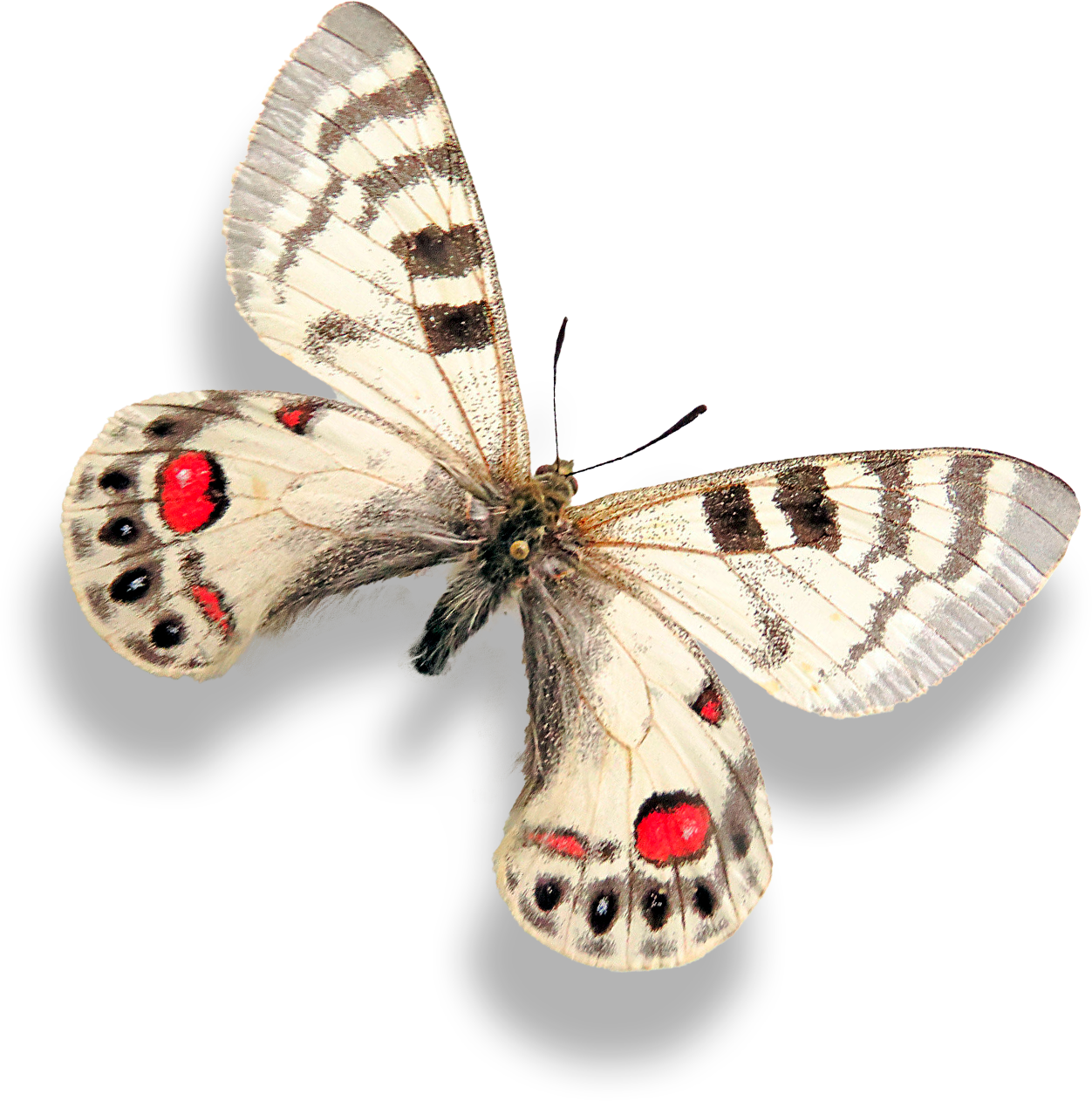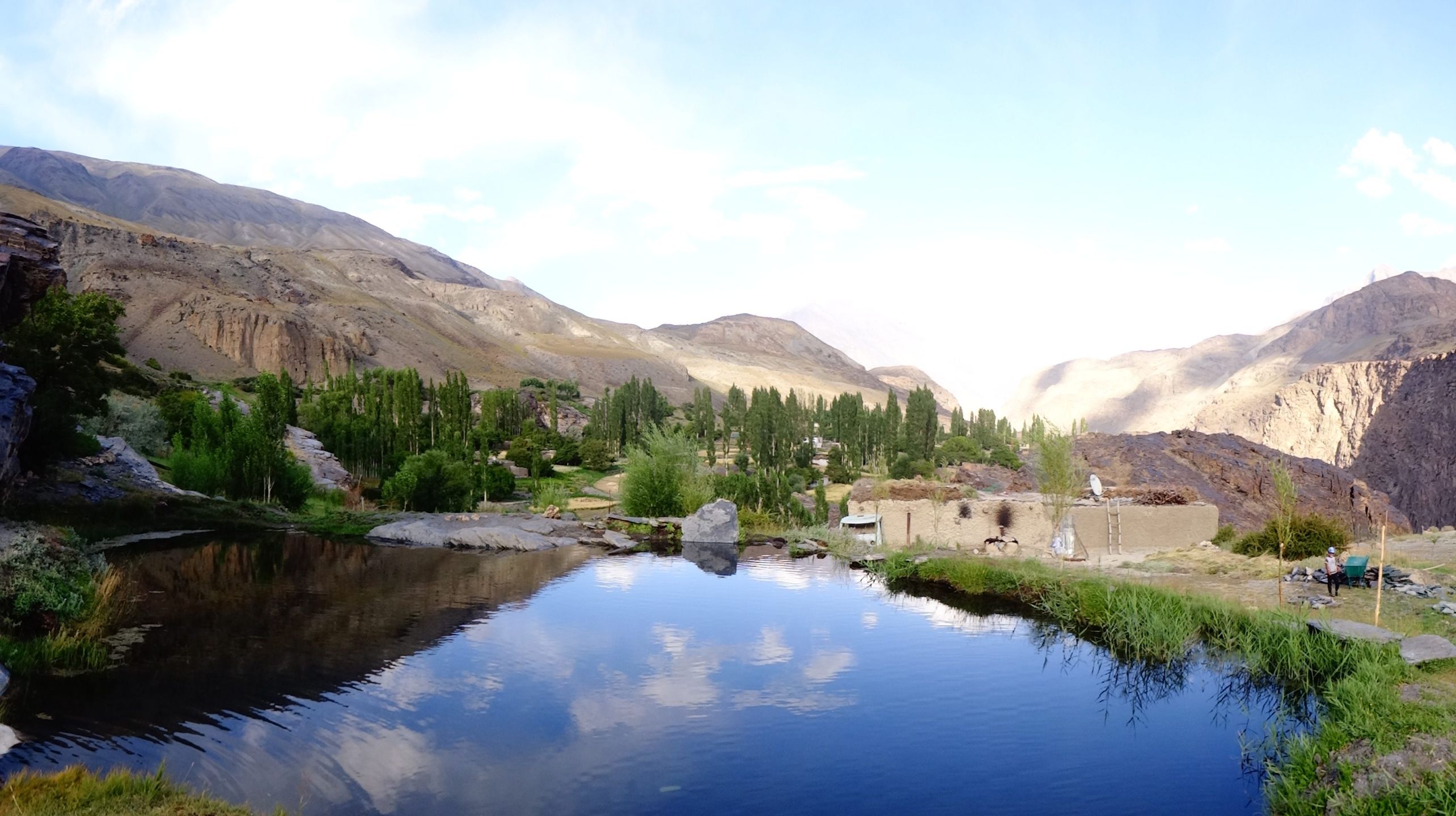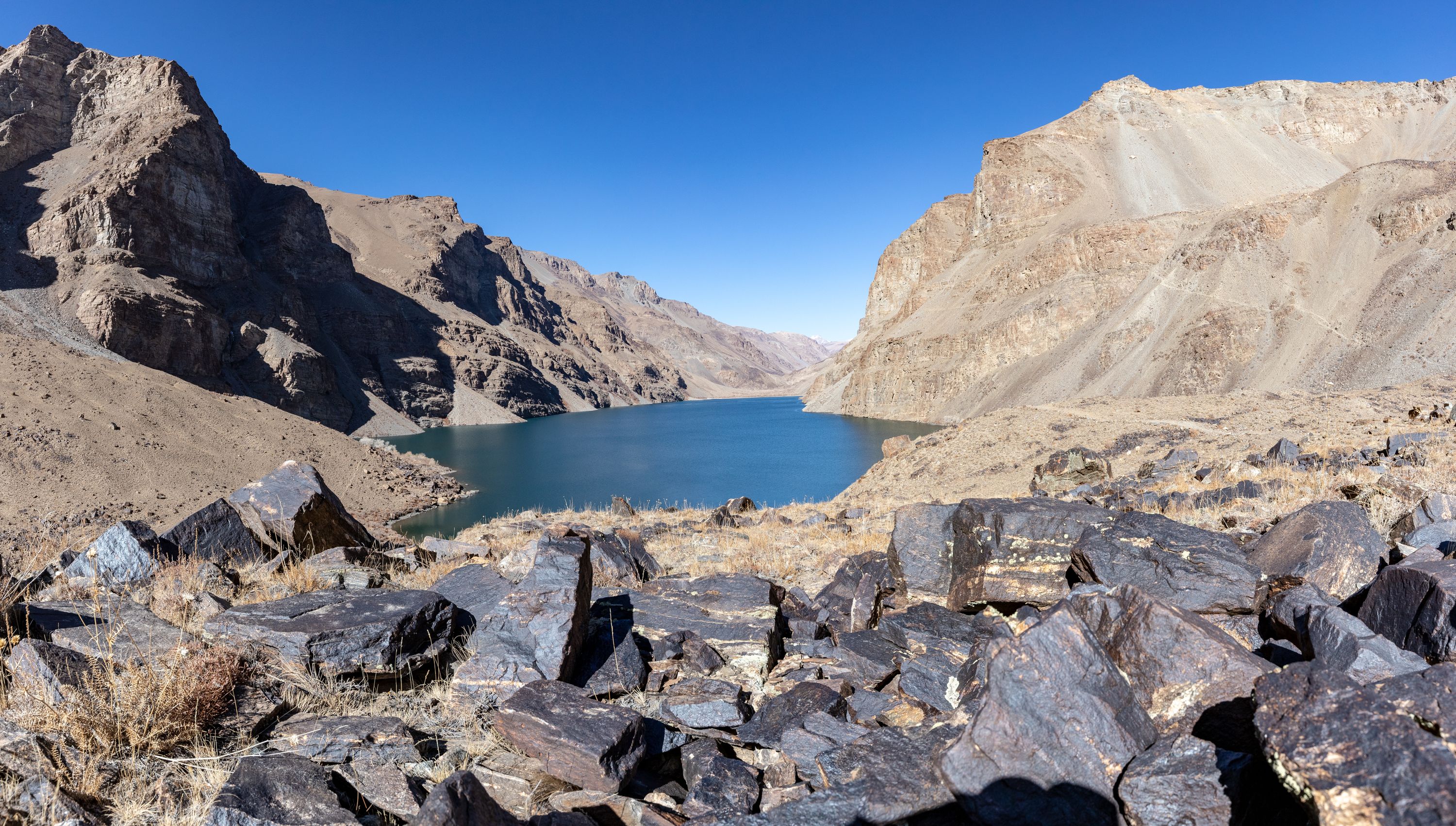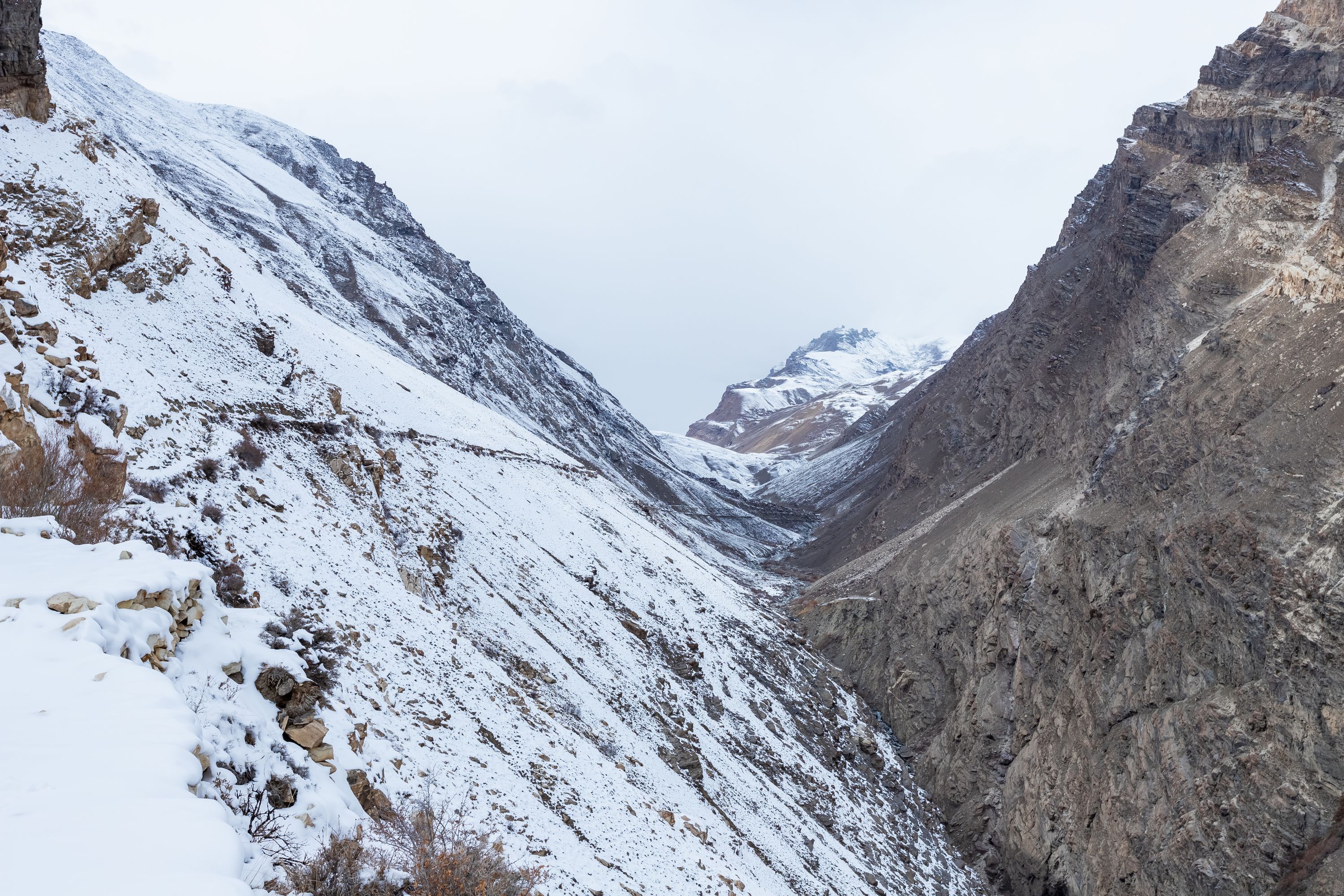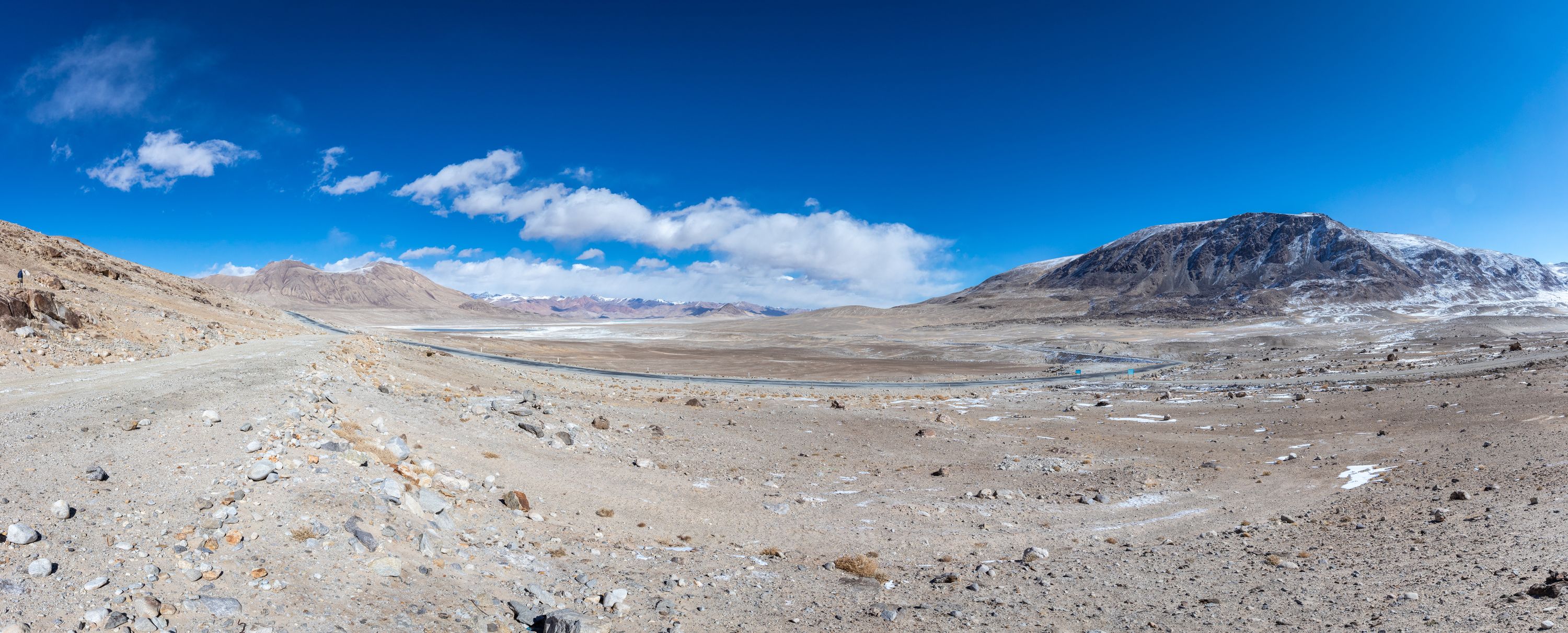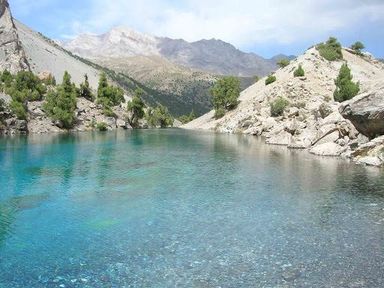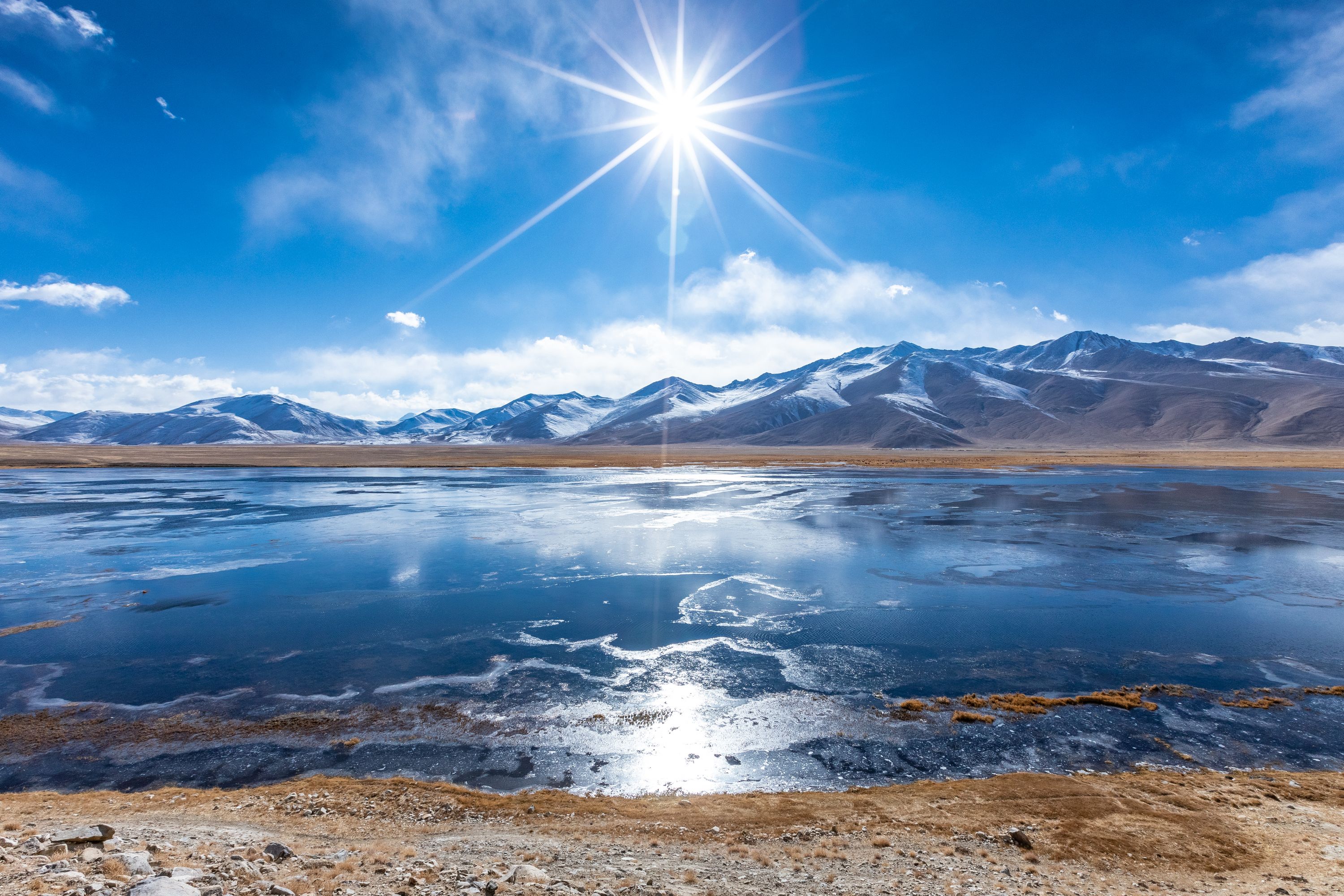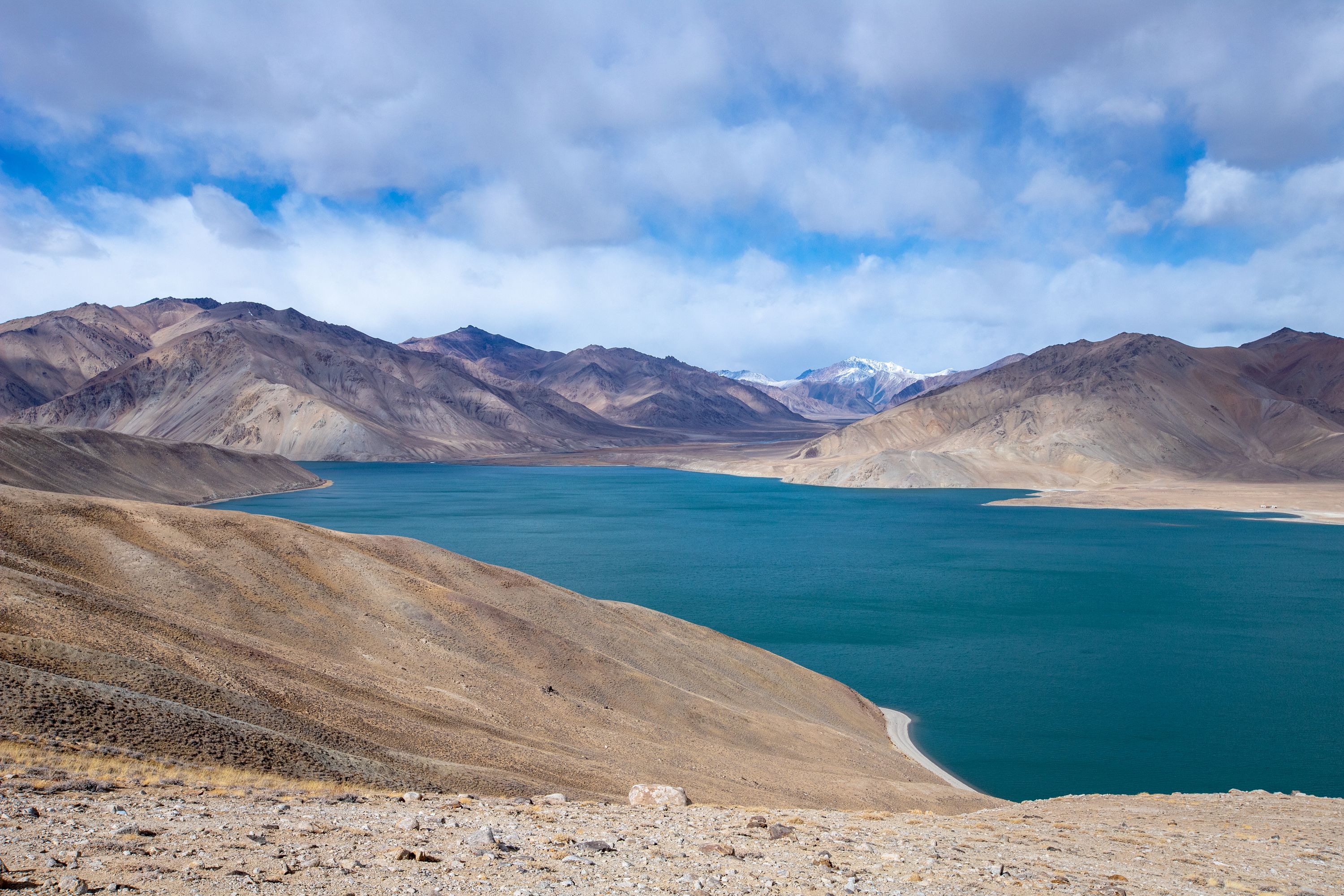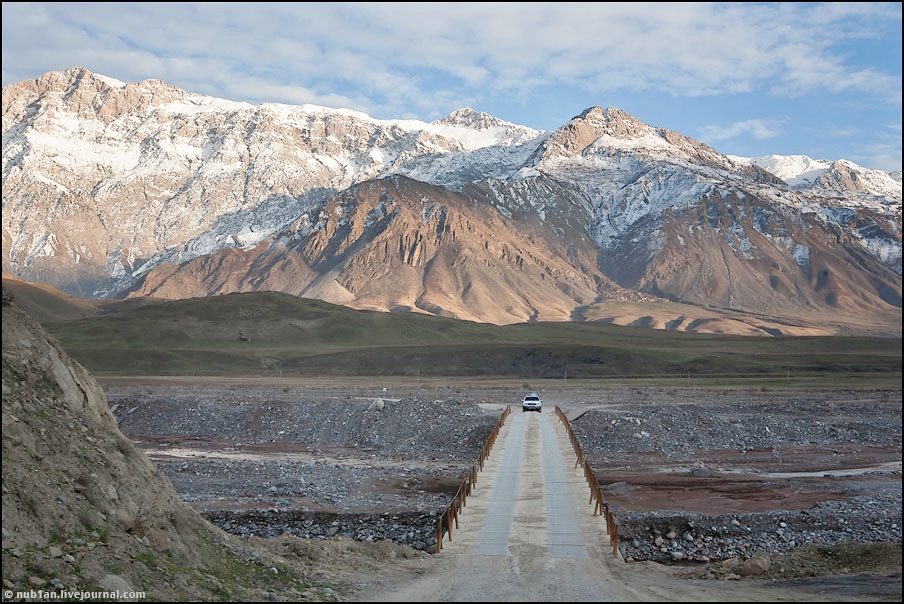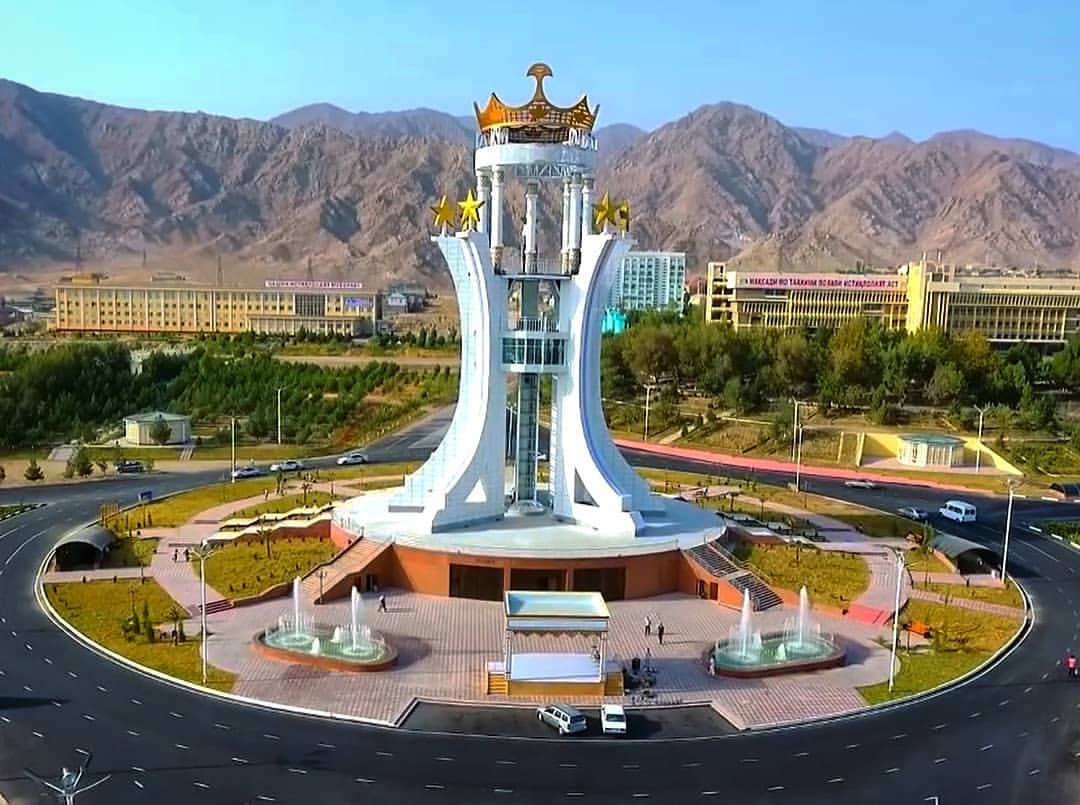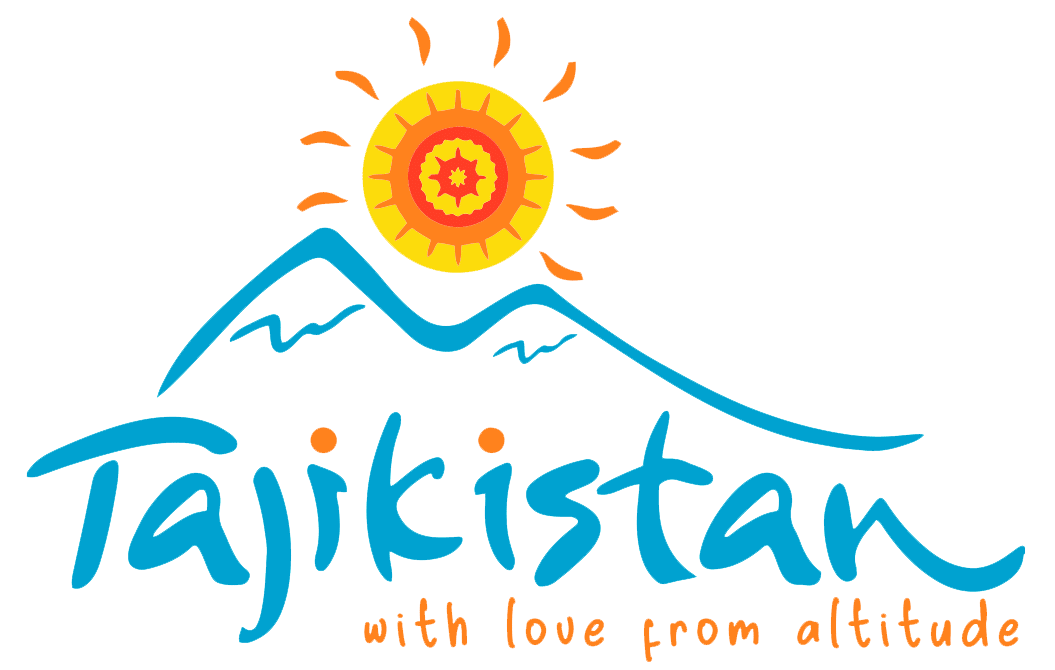Ecotourism brings together conservation, communities, and sustainable travel, recognising that the natural environment is a major attraction of a destination and must be protected. When the local population is engaged in ecotourism, they have a vested interest in preserving and promoting the natural world, rather than exploiting it. In this way, ecotourism can not only stimulate environmental protection and social economic development, but even have a regenerative impact.
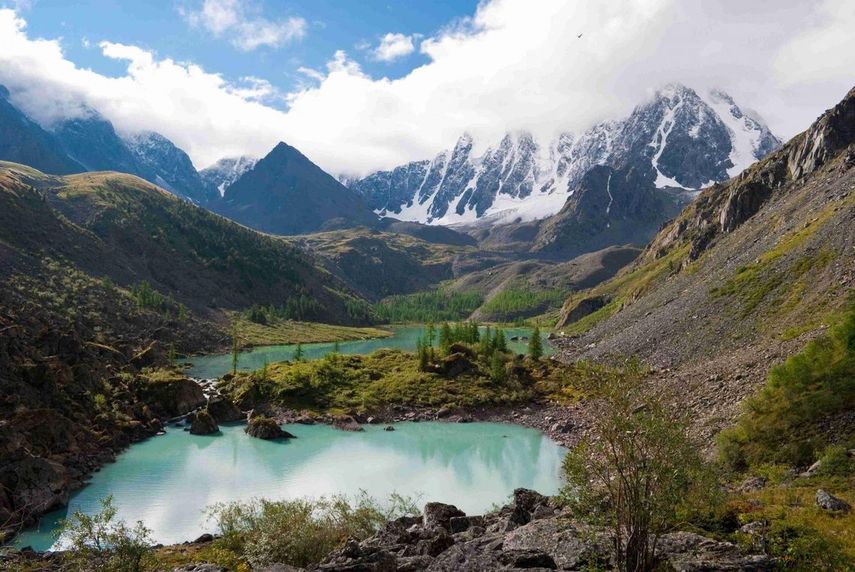
The World Tourism Organization describes ecotourism as “a careful and responsible journey through natural areas, where environmental protection is envisaged and the need to respect the local population is organized.” When properly managed, small group trips to natural areas and places of historical and cultural significance are compatible with the protection and rational use of natural resources, and the opportunity to explore a country’s rich and colourful nature, and to participate in its protection, is highly appealing.
There are many different types of ecotourism, ranging from educational visits for school children to tourism circuits which incorporate national parks and reserves. With the right infrastructure and services, there are opportunities for ecotourism cross the country, including in remote areas.
With its beautiful natural sites, high peaks, roaring rivers, and therapeutic springs, Tajikistan is particularly well suited to offering ecotourism products. There is a great variety in the country’s ecosystems and climates: in a single day, tourists can experience both the year-round snows of the Pamirs and also the searing heat of the Vakhsh Valley. There are uncountable scenic views in the mountains and in their foothills.
Ecotourism encourages tourists to travel beyond cities and visit protected areas, which cover 22% of Tajikistan’s total land area. The Dashti Jum, Romit, Tigrovaya Balka, and Zorkul Reserves and the Tajik National Park (a UNESCO World Heritage Site) are all important destinations because of their ecological significance and beauty. Plenty of the rare wildlife species living here are listed in Tajikistan’s Red Book, including Bukhara deer, Indian goose, Marco Polo sheep, markhor, mountain eagle, snow leopard, Tien Shan bear, and urial, and have protected status.
Ecotourism is a clean atmosphere outside the city, for which the national park, which occupies 22 percent of the territory of Tajikistan, is very important. The area of the reserves “Zorkul”, “Romit”, “Tigrovaya Balka”, “Dashti Jum” and “National Park of Tajikistan” have a very rich and colorful nature. Rare plant species and especially animals listed in the Red Book, such as markhor goat, mountain sheep known as Marco Polo, Bukhara ram (Urial), Bukhara deer, snow leopard, Tien Shan bear, mountain eagle and Indian goose live in these reserves and are under state protection.
